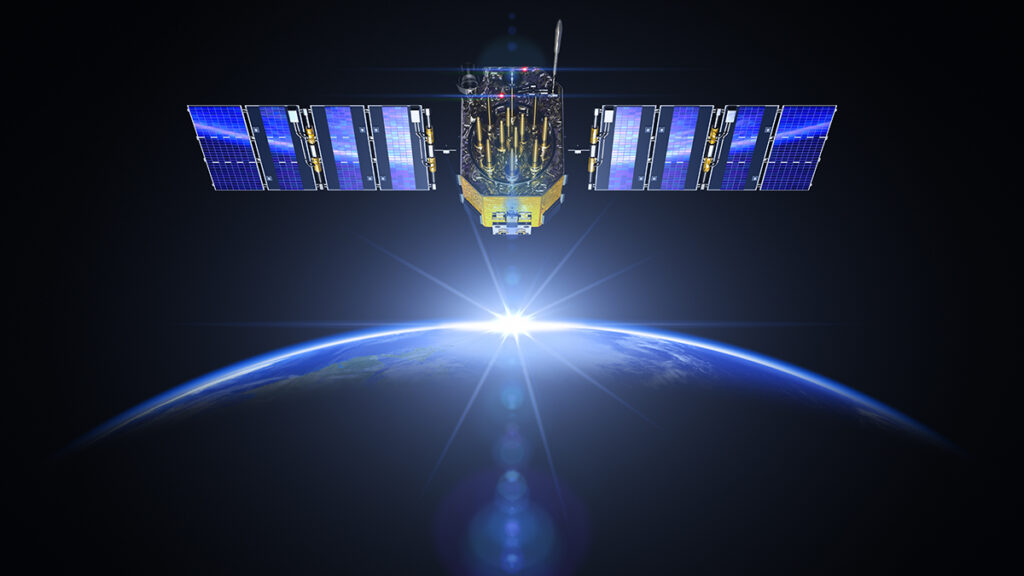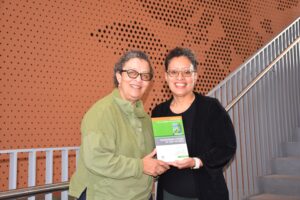
Over time, science often turns the impossible into the possible, and the latest breakthrough in quantum communication exemplifies this shift. A new study from the University of Technology Sydney (UTS) in Australia has calculated the feasibility of sending quantum signals from Earth to a satellite, potentially enabling larger and more powerful quantum communication networks.
While it is already feasible to send entangled particles of light from satellites to ground stations, the reverse—transferring photons from Earth to space—had long been considered impossible. The challenge lies in maintaining signal stability amid atmospheric interference. However, the UTS team’s detailed model, which incorporates entanglement swapping and accounts for atmospheric conditions, satellite positioning, and interference from stray photons, suggests that this uplink is indeed possible.
Understanding the Quantum Leap
According to UTS physicist Simon Devitt, the concept involves firing two single particles of light from separate ground stations to a satellite orbiting 500 kilometers above Earth. These particles, traveling at approximately 20,000 kilometers per hour, must meet perfectly to undergo quantum interference.
“Surprisingly, our modeling showed that an uplink is feasible. We included real-world effects such as background light from the Earth and sunlight reflections from the Moon, atmospheric effects, and the imperfect alignment of optical systems,” explained Devitt.
This development is significant because a quantum internet promises networks that are inherently unhackable. Unauthorized attempts to access the data result in immediate scrambling. Entangled particles like photons are crucial for verifying communications at both ends of the transmission.
The Power Dynamics of Quantum Communication
Currently, secret keys for quantum communication can be created on satellites and then beamed to the ground. This is easier because atmospheric scattering occurs at the end of the transmission, not the start. Additionally, it is simpler to target larger, stationary ground stations than a moving satellite in space.
The primary limitation of the current system is power. Satellites have limited power resources, whereas ground stations do not. By performing the more demanding tasks on the ground, a greater number of entangled photon pairs can be produced quickly and then sent to satellites for distribution.
“The satellite only needs a compact optical unit to interfere with incoming photons and report the result,” says Devitt. “This avoids the need for quantum hardware to produce the trillions of photons per second required to overcome losses to the ground, allowing for a high-bandwidth quantum link. This keeps costs and size down and makes the approach more practical.”
Challenges and Future Prospects
Despite the promising findings, there are challenges to overcome. The system can only work at night, away from sunlight interference, and requires meticulous calibration. Nevertheless, this breakthrough provides a foundation for future advancements.
While a fully operational quantum communications network remains a distant goal, the realization that two-way systems are theoretically possible marks a significant milestone. Future tests could involve receivers on drones or balloons, as suggested by the researchers.
“In the future, quantum entanglement is going to be a bit like electricity: a commodity that powers other things,” says Devitt. “It’s generated and transmitted in a way that is often invisible to the user—we just plug in our appliances and use it.”
This development follows a trend in scientific exploration where the boundaries of possibility are continually redefined. As research progresses, the implications of quantum communication could revolutionize how we understand and utilize secure data transmission.






